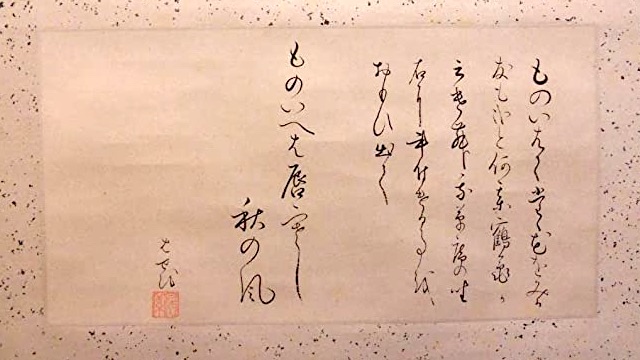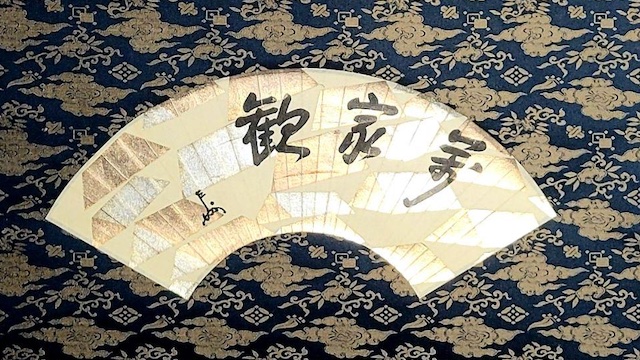
Kaishi is paper that Heian aristocrats put in their costumes to write letters and poems. has come to mean
It is also called "fukorogami" because it fits in your pocket, and "tatogami" because it folds and fits in your pocket.
There is also a calligraphy method for chanting poetry on kaishi.
The Yakumo Gosho, a poetry book written by Emperor Juntoku (1197-1242), states, ``One poem can be written in three lines, three characters, and black ink, but two or three lines are also good, and five poems are one and ten poems. It is customary for men to use danshi and women to use thin paper.
The size of the paper is stated in "Kaishi Yokakusho", "The Emperor plays with Odaka Danshi, so it is more than 1 shaku 5 cm high. It is 1 shaku 3 sun, 1 shaku 2 sun for junior high generals, and 1 shaku 1 sun 78 minutes for those below that."
The format of waka kaishi is described in the "Word Dust Collection" as follows: ``The calligraphy should be written with the sleeves stretched out as far as the hand, and the upper part should be lowered by a inch or two. The right edge of the paper is called the sleeve, and the season title is written with the width of the palm open. This is called end work. Write your first and last name on the next line.
The format of the poem is described in "Sakuka Kojitsu", ``In today's Sekaishi calligraphy, it is customary to write nine characters in the first line, two crosses in the second line, nine characters in the third line, and three characters in the last line.'' I have.
One paper, one poem is considered official, but "Kanzai Zatsudan" says, "One poem has three lines and three characters, two poems and three poems have two lines and seven characters, and five poems and seven poems have two lines. Also, you should continue the paper above the ten poems,” and in “Kaishi Yokakusho,” “The ten poems are three sheets of paper, two lines, seven characters, and when you write two lines, it’s extraordinary. , 2 lines and 7 characters Yoshiya, up to 10 types are called kaishi."
Shikaishi also conforms to this, and haikai kaishi is made by folding four sheets of Sugihara paper horizontally in two, making the front and back sides, and binding the right end with mizuhiki. It is called No-ori, and the last fourth sheet is called Mizane-no-ori.
On the first folding table, write eight phrases called ``Omotehachiku'', and the first phrase is called Hokku.
Write 14 haiku on the back of the first fold, the front and back of the second fold, the front and back of the third fold, and the front of the remnant fold, and eight haiku on the back of the remnant fold. I will write

Schoolmaster's lexical
家元